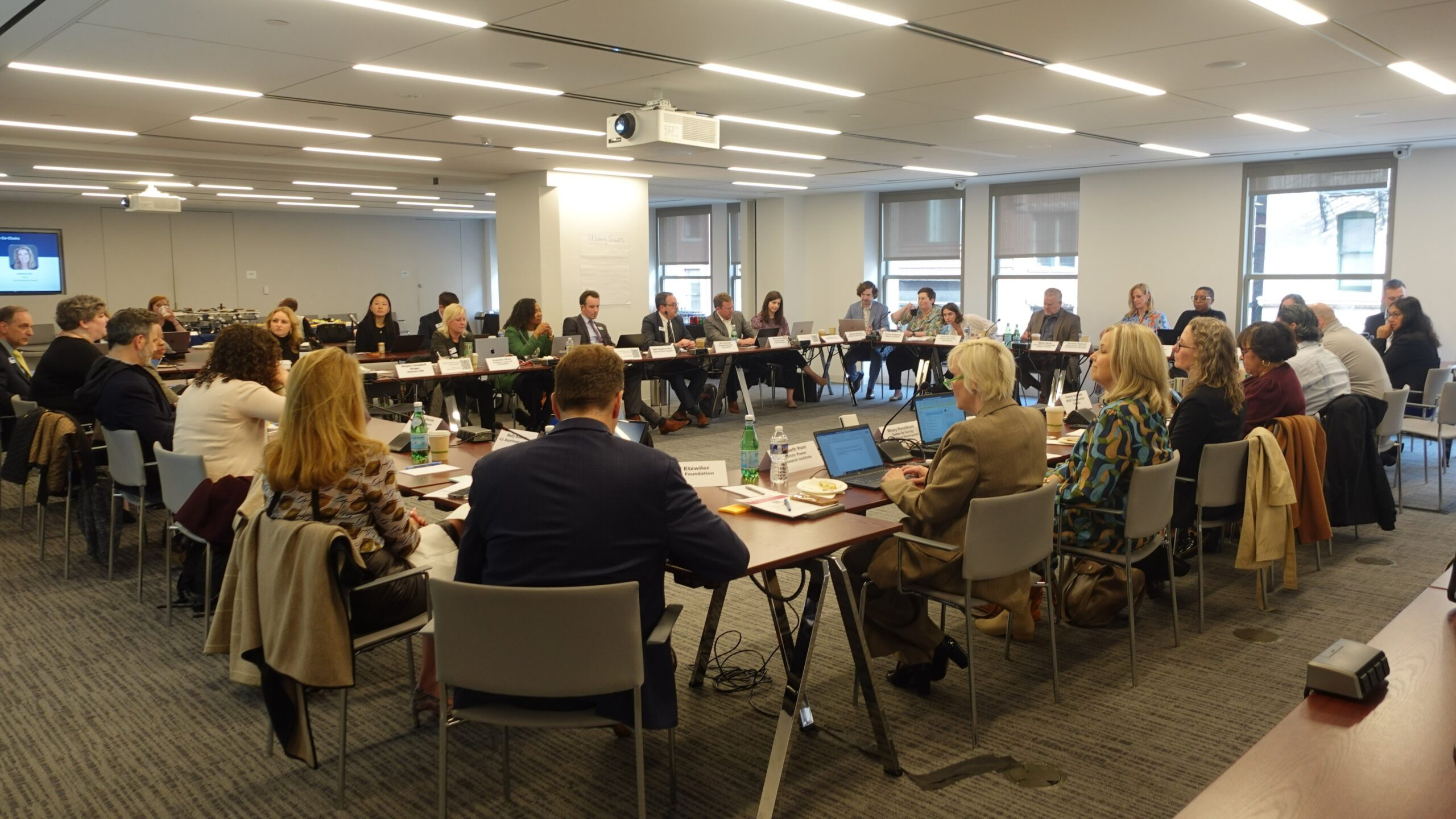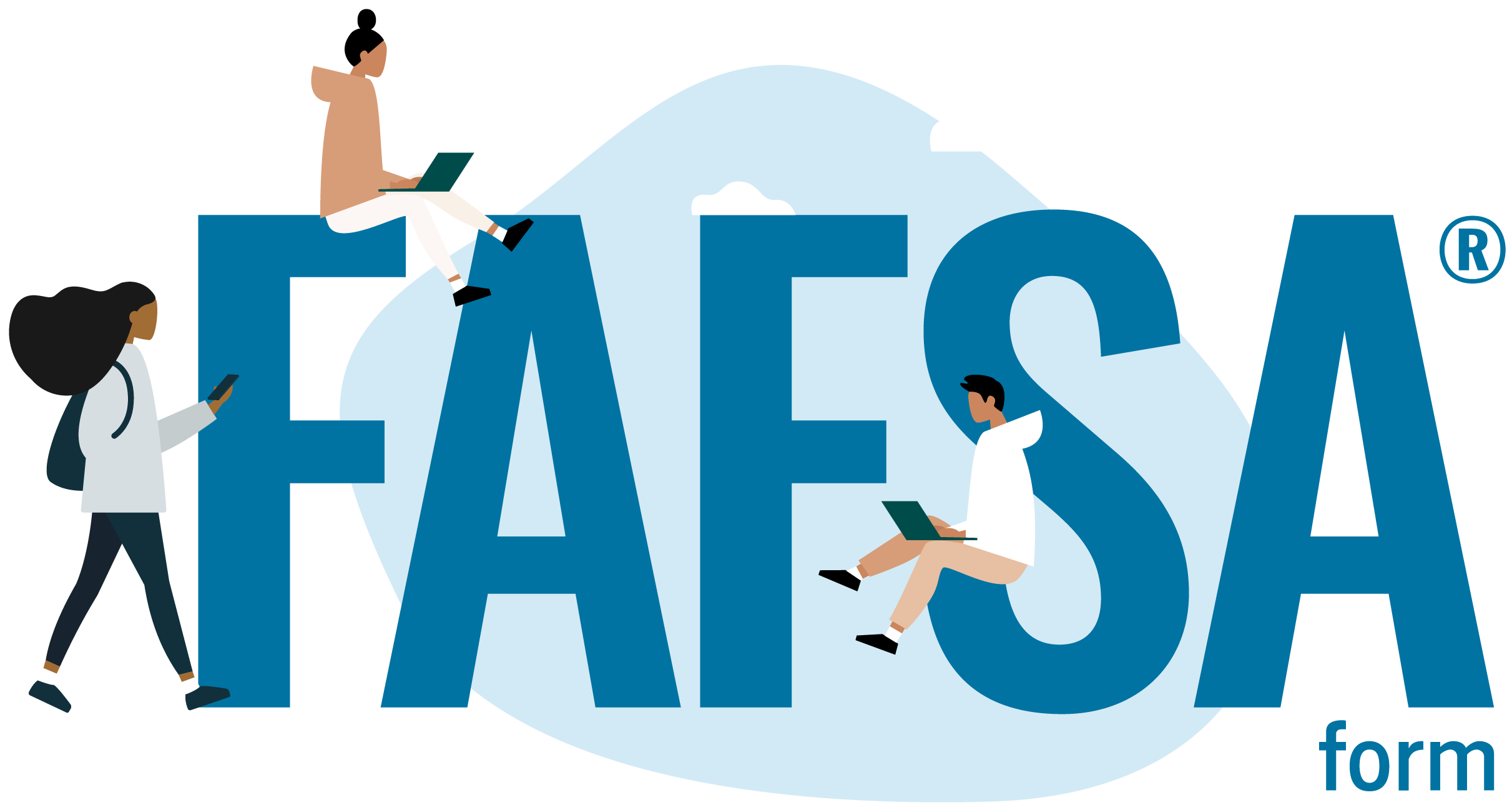Parent well-being and child well-being are inextricably linked. However, many policies and programs aimed at improving family economic security and child well-being often do not consider the needs of children and parents together, as a whole family. Governors interested in effective and efficient ways to meet the interrelated, often complex, needs of low-income families can consider two-generation strategies to provide appropriate, coordinated, and seamless services to both the adults and the children in those families. A two-generation approach seeks to support parents in their dual roles of caregiver and provider, while also addressing the care and educational needs of children.
Adopting a two-generation approach to serving low-income families does not necessarily require new laws, new money or new programs. States and territories can focus on aligning current policies, streamlining current practices and strengthening links among existing programs in the child-focused and adult-focused service delivery systems to address the needs of families. Such changes—when taken collectively—are expected to lead to increased efficiency and systems change. Governors have an opportunity to lead the way in aligning programs and policies for low-income families through two-generation strategies since they oversee most programs for low-income families. By providing leadership and fostering collaboration across agencies that serve low-income families, governors can streamline practices and develop innovative approaches to promote the well-being of children and improve family economic stability.
Related Content
Parents and Children Thriving Together: Two-Generation State Policy Network (PACTT Network) Policy Academy
- PACTT Network Kickoff Meeting
- PACTT Network Press Release
- PACTT Network Overview
- Request for Applications to Participate in the PACTT Network
- Parents and Children Thriving Together: Two-Generation State Policy Network Midpoint Meeting
Two-Generation State Policy Forum
Building Brighter Futures for Our Children: A National Summit for State Policymakers
Promoting Place-Based Strategies to Address Poverty: Exploring the Governor’s Role
Improving Human Services Programs and Outcomes Through Shared Data
States Employ Two-Generation Strategies for Low-Income Parents, Children
A Governors Guide to Children’s Cabinets
Building Complex Care Programs: A Road Map for States
2016 Maternal and Child Health Update
Building a High-Performing State Workforce Board
State Strategies to Scale Quality Work-Based Learning
Housing as Health Care: A Road Map for States
State Examples of Governors’ Two-Generation Strategies
Interagency Two-Generation Initiative in Colorado
Connecticut Two-Generation Initiative
Governor Announcement of Georgia Selection into the PACTT Network
Governor Announcement of Maryland Commission to Address Intergenerational Poverty
Utah’s Intergenerational Poverty Initiative
Other resources
National Head Start Association Initiative: Two Generations Together
Two-Generation Resources from Ascend at the Aspen Institute
Two-Generation Resources from the Annie E. Casey Foundation
Two-Generation Resources from the Center for Law and Social Policy












